What’s it like to hike at night? It’s exhilarating. Refreshing. Beautiful. And sometimes intimidating if you aren’t properly prepared. Hiking at night puts a new twist on the same old trails you know and love while offering great views of the sky that are unobstructed by light pollution. Meteor showers and full moons make for great reasons to try a night hike, especially during the warmer months. With the right preparation, your night hike can be enjoyable and memorable for everyone in your crew.
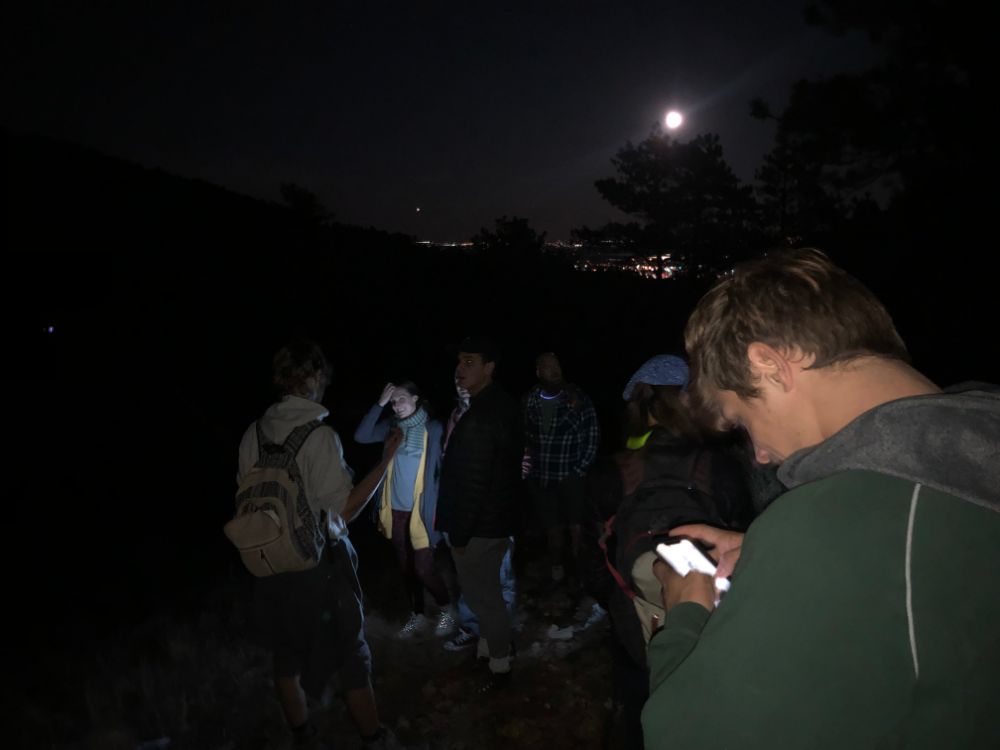
Night Hikes can be intimidating
Night hiking is often seen as an “advanced” hiking option, reserved for those with the most experience in the woods. There is an assumption that a lack of light and the potential for a few more animals makes the adventure that much more intense. And sure, it can be harder to see at night; the darkness in trails, especially in mountainous areas, is very real. That’s what flashlights are for. And yes, animals come out at night; that’s what proper protection is for. With the right gear and planning, you’ll be able to enjoy most night hikes without ever having an issue.
How to Prepare for a Night Hike
Having hiked a variety of trails at night without issue, I can say that there are a tricks that will help to guarantee your hike goes as planned:
- Hike the trail in advance: Familiarity with the trail is not a necessity, but it definitely helps. Even trails that you’ve hiked often in the daytime will feel unfamiliar at night; having a frame of reference will help ensure your crew stays on the trail and enjoys the evening’s adventure.
- Stick to the trail: This is a general rule of thumb when hiking regardless of the time of day out of respect for nature and in an effort to Leave No Trace, but especially at night when it is even harder to see your surroundings. Sticks, rocks, holes and animals can be harder to spot when you’re off the beaten path, especially in the dark of the night. Staying on trail and in well-trafficked areas minimizes chances of stumbles and unwanted encounters.
- Wear sturdy shoes: Even on well-established trails, sturdy, close-toed shoes will help you stay comfortable and keep your feet and ankles safe should you come across roots, rocks, or other obstacles in the path.
- Have a Map or use Alltrails/GPS: One of the best ways to have the worst hike is to get lost in the dark without a map or a sense of direction. Even if you’ve hiked the trail millions of times, having a resource to help you identify and stay on trail will ensure that the group gets back to the trailhead safely and without incident.
- Bring a flashlight: This may seem like a no-brainer, but you’d be surprised how often people show up to the trail without one. Even on sunset hikes, it will get dark, and it will get dark fast. Keeping a small flashlight in your daypack or backpack will help you be prepared.
- Don’t forget water: Even though the sun won’t be beating down on you and the temperatures may be cooler, you’ll still be exerting yourself and your body will need to rehydrate along the way.
- Pack extra layers: Temperatures at night will be among the lowest of the day. Extra layers allow you to easily adjust and maintain comfort. During warmer months, I recommend a light jacket or windbreaker that has a windproof shell and is waterproof; these jackets pack away easily in a bag and offer protection from a variety of weather should you encounter it on your hike.
- Bring bear spray (optional): If you’re in an area that has bears or large, predatory animals, protective sprays can be a great option to have as a precautionary measure. You may never use it, but having something to deter animals in the case of a chance encounter will help to protect your crew.
- Illuminate your best friend (optional): As a pet owner, I hike with my animal often. Glow sticks are a great way to illuminate your dogs collar and easily identify him or her on the trail at night. Especially if you plan to hike with your animal off leash, glow sticks and illuminated collars are a great option for keeping track of your best friend. (The people in your crew may also want to wear glow sticks for these reasons, or for fun).
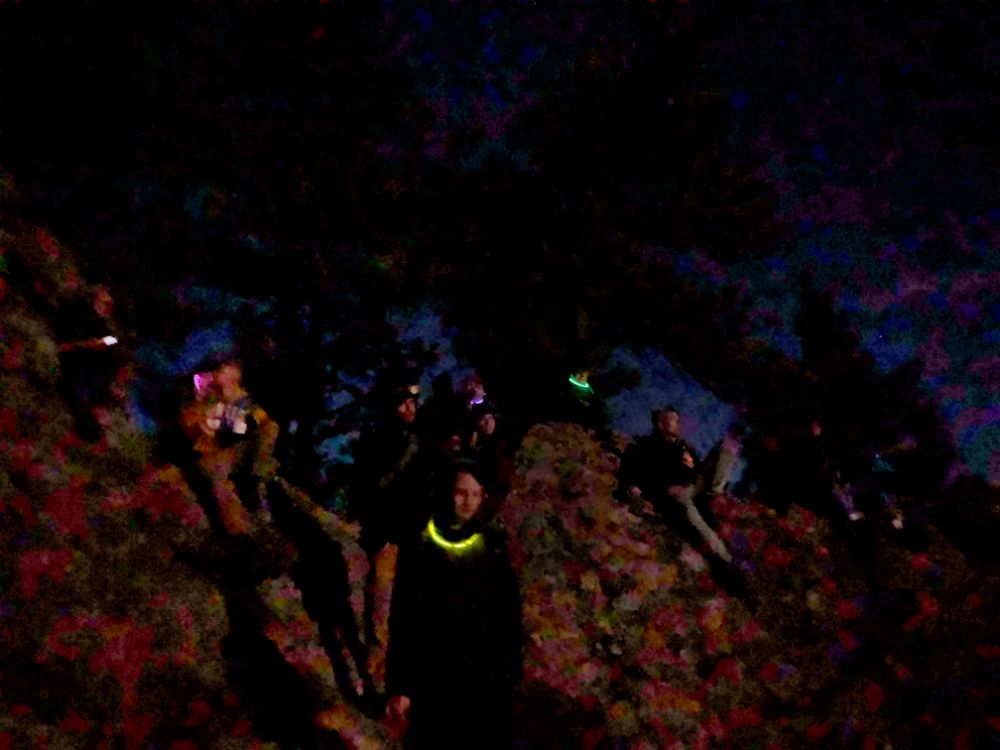
Night hiking doesn’t have to be intimidating. Prepare for a night hike as you would a day hike, with a little extra attention to flashlights, proper clothing, and precautionary protection. If you do this and stick to the trail, you should find hiking at night to be a new and exhilarating way to enjoy hiking at any time of day.

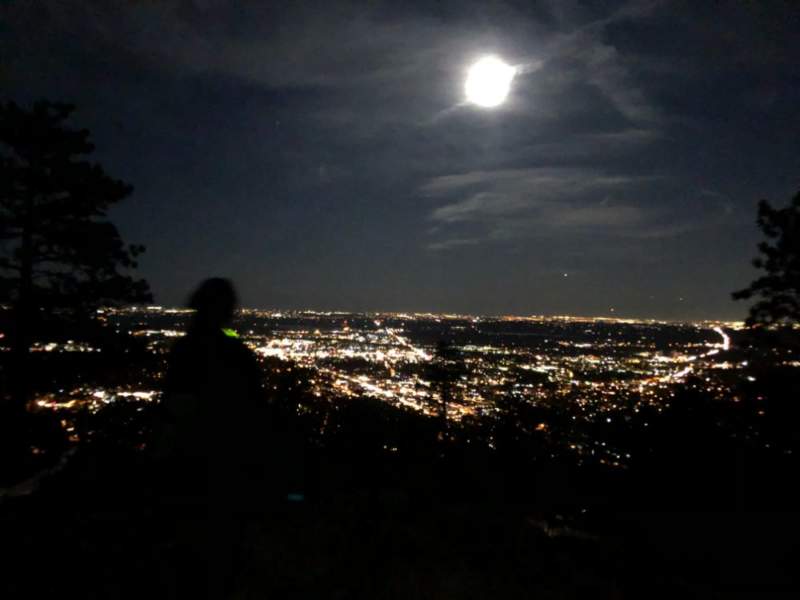
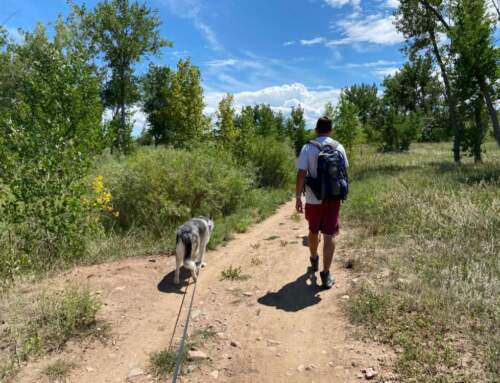
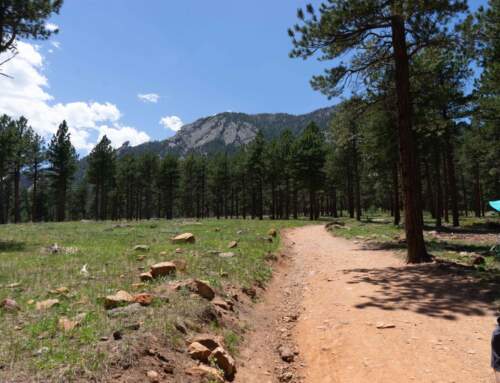
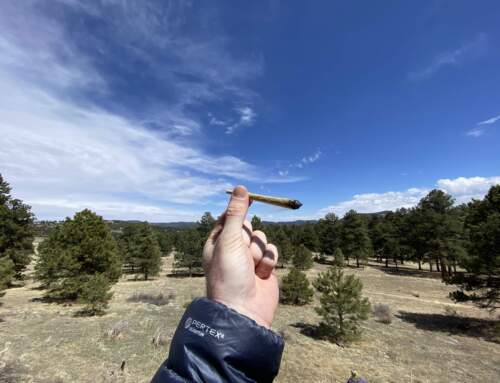
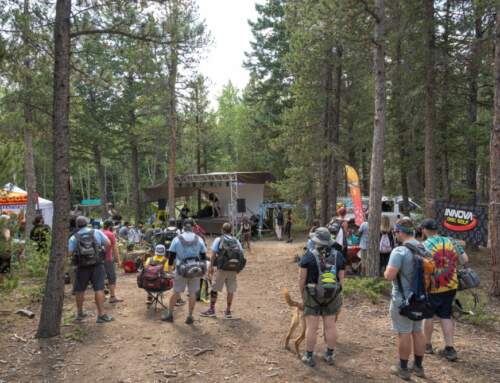
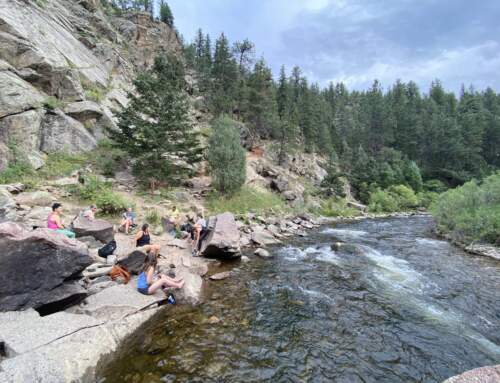
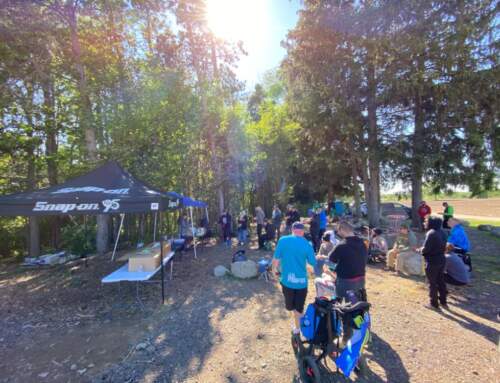
Leave A Comment